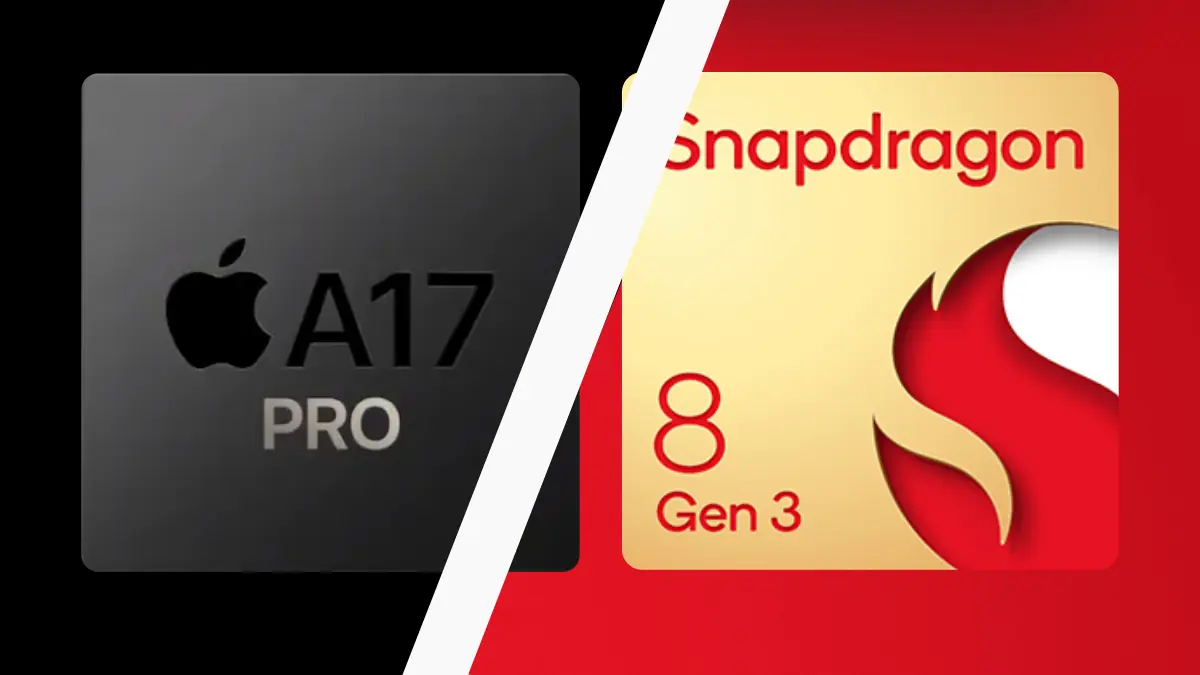Snapdragon 8 Gen 3 vs A17 Pro from Apple: Both have ray tracing, but which one is better?
3 min. read
Updated on
Read our disclosure page to find out how can you help MSPoweruser sustain the editorial team Read more

Still buzzing from our exclusive on Qualcomm’s upcoming Snapdragon 8 Gen 3? Well, here we are at the Snapdragon 8 Gen 3 vs A17 Pro comparison: both powerful chips do have ray tracing support, but which one caters to your needs best?
Apple is proud that its latest chip can hold up games like Resident Evil 2 remake and Resident Evil 7 once they’re ported for iOS, but Qualcomm’s new AI marvel also does have its very-own ray tracing support.
“Advanced camera and audio technology enables crisp video and crystal-clear audio. Powerful AI accelerated experiences, and enterprise-grade security make for modern, mobile PCs,” the company boasts in the official announcement ahead of today’s Snapdragon Summit event.
It looks like we’re in an exciting comparison. So, how powerful is A17 Pro compared to the new Snapdragon 8 Gen 3 based on benchmarks and other indicators, like Wi-Fi and memory support? Let’s dive in (shout out to Geekbench for the benchmark scores).
Snapdragon 8 Gen 3 vs A17 Pro: Key comparisons
| Model | Snapdragon 8 Gen 3 | A17 Pro |
| CPU |
Clock speed: 3 GHz |
Clock speed: 3.78GHz Architecture: 64-bit Number of cores: 6 |
| Wi-Fi & Bluetooth | Wi-Fi 7, Bluetooth 5.3 | Wi?Fi 6E, Bluetooth 5.3 |
| Benchmark scores | 7494 (multi-core), 2207 (single-core, tested on Xiaomi 14) | 7,024 (multi-core), 2846 (single-core, tested on iPhone 15 Pro Max) |
| GPU | Qualcomm Adreno 750 @ 770 MHz | Apple A17 Pro GPU with 6-core @ 1398 MHz |
| Video capture & playback | 8K at 30FPS, 4K at 120FPS | 4K at 60FPS |
| Memory | LP-DDR5x @ 4800 MHz, max. 24 GB @ 64 Gbit/s | LPDDR5 @ 3200 MHz, max. 8 GB @ 51.2 Gbit/s |
So, which one should be on your lookout when you’re in the market for a new device? It all depends on your need.
But, let’s speculate. Apple’s exclusivity may hold up A17 in this matter. Snapdragon will soon have its very own closed ecosystem called Snapdragon Seamless.
From the look of it, we’ll see a lot of cross-over between devices from some of the biggest Android device manufacturers, so you’ll be able to share files easily between them especially now that we’ll have Windows’ Copilot AI assistant tool.
And, as you can see on the table, Snapdragon 8 Gen 3 has a slightly better Wi-Fi support and it’s one step ahead of A17 Pro (Wi-Fi 7 vs Wi-Fi 6E). When it comes to memory support and video capture & playback, Qualcomm’s latest product also has the advantage.
Elsewhere in the world of PCs, Nvidia will also launch its very own ARM-based chips for Windows PCs in 2025. You can read our report here.








User forum
0 messages